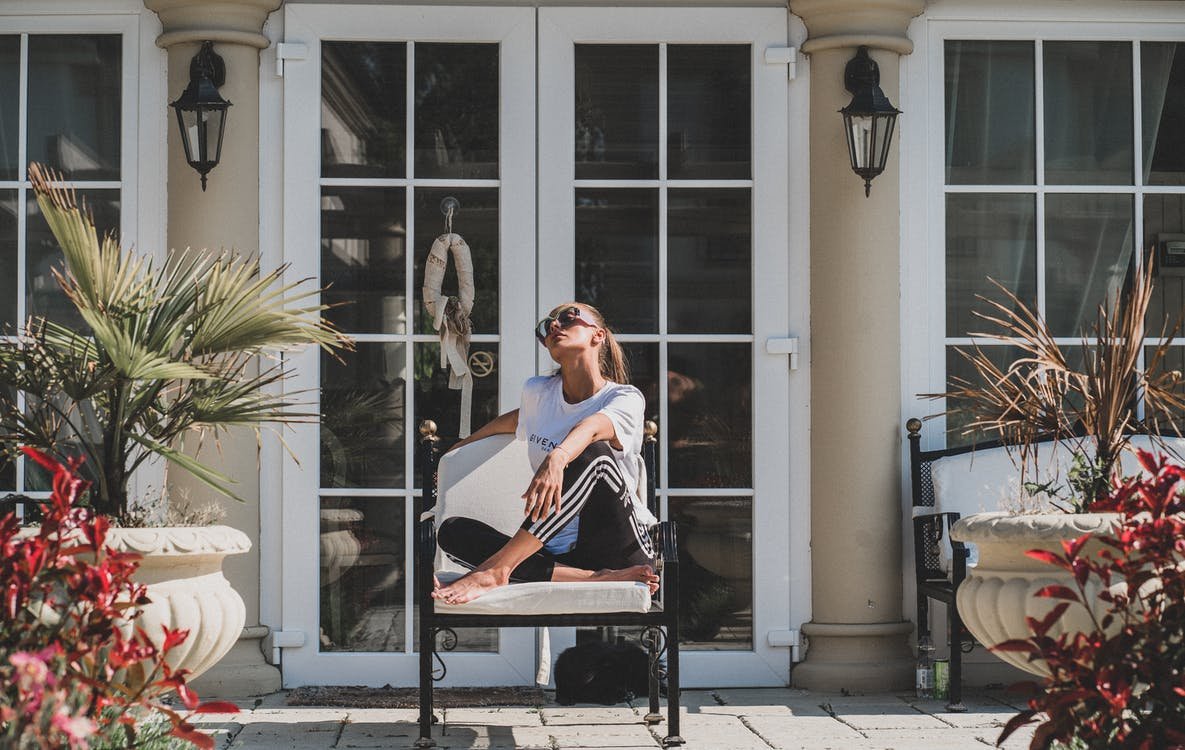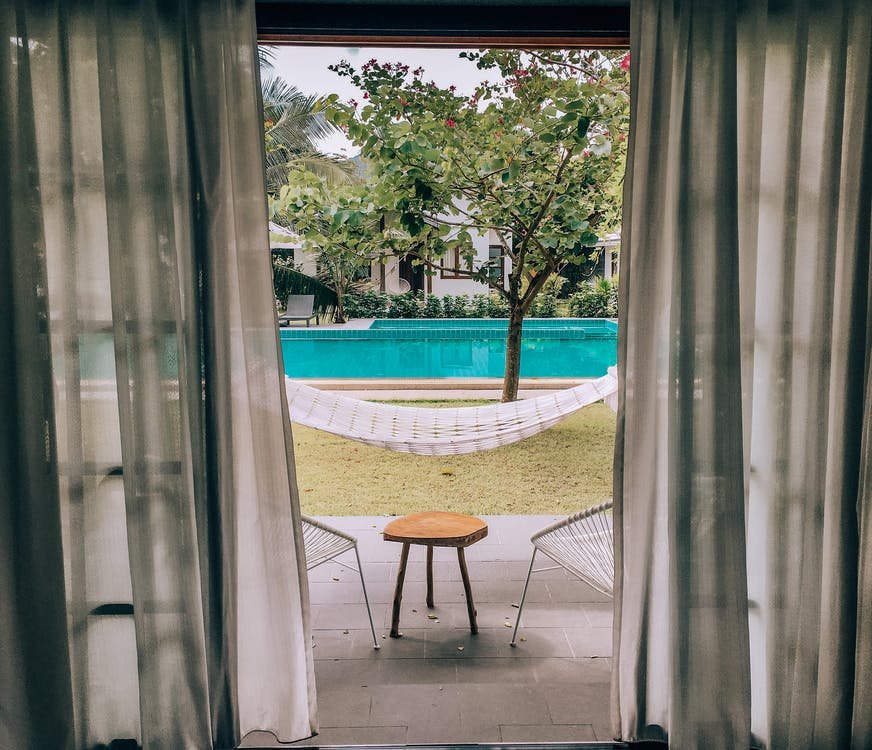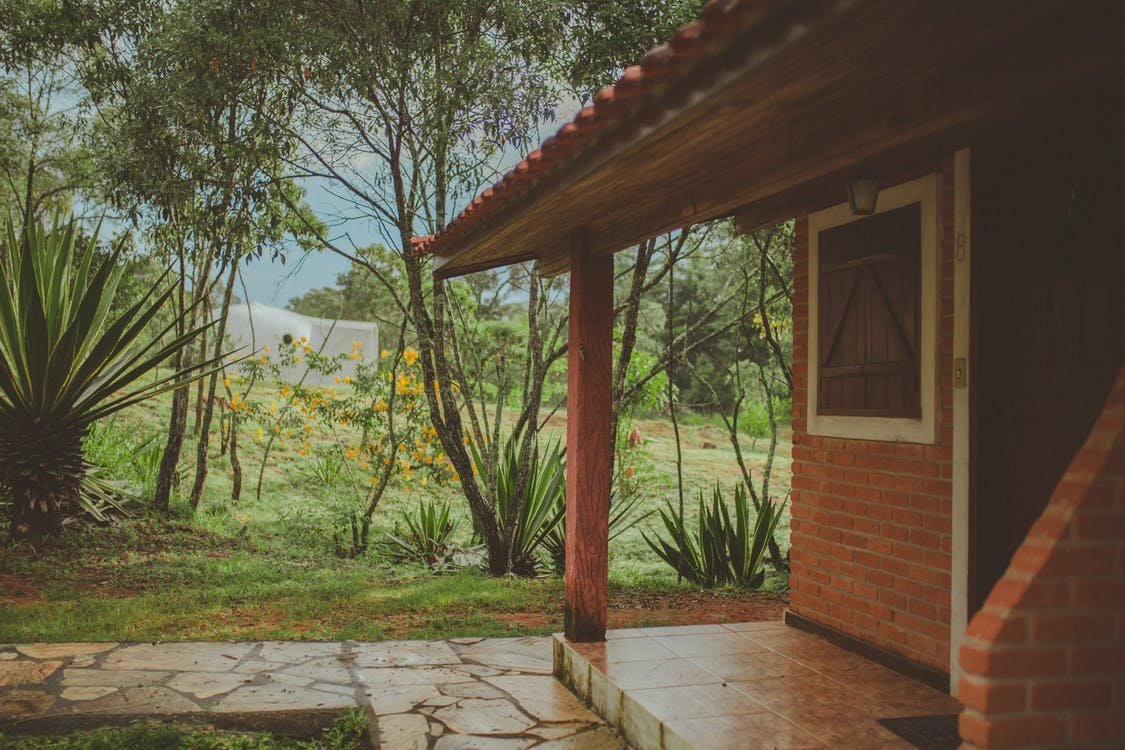How to Choose the Ideal Patio Door for Your House
We partnered with a home improvement company for this post. The opinions in the post are honest. All reviews and opinions expressed in this post are based on our personal views. We are excited because we know you will love it.
Exterior doors heavily contribute to the curbside appeal and market value of your house. They also affect the amount of natural light the home gets as well as afford protection from the elements and pests. So, here’s a crash course on the three most important aspects of choosing a patio door that’s right for you.
The material
Some of the most common materials used in patio doors are wood, glass, vinyl, fiberglass, and aluminum or steel.
Wood, especially full wood, looks gorgeous and timeless. Classic choices include mahogany, fir, pine, and alder. However, it can get quite expensive, especially if you opt for a rarer or more prestigious material like real oak or rosewood. It’s also the most demanding maintenance-wise. Wood can rot, crack, or warp over time, and is vulnerable to rodents.
Glass doors are decorative and sleek. They can have built-in blinds and a special coating for UV protection. This lets you avoid sun-caused fading of furniture, carpets, and wood flooring. There are also special energy-efficient glass options.
Vinyl is durable and resistant to damage and the elements. It’s great for homes in extreme weather areas. Vinyl doors are energy-efficient in all climates, just like wood and fiberglass, but at a fraction of the cost. They can even be laminated to look like wood.
Fiberglass is the most expensive patio door material. They are similar to vinyl doors: weather-resistant, highly durable, easy to customize, and very lightweight.
Aluminum and steel doors are quite durable, but they have to be treated against rust and corrosion. They’re more cost-effective than the other materials but not as energy-efficient. Aluminum in particular is bad at retaining heat and lets cooled air escape the home. It’s also easily scratched and dented.
The style
This means functionality as well as the visuals. The ideal design and format of a patio door will depend a lot on the type of external door you already have. For example, let’s say you want to add a screen to keep the summer flies out.
The best retractable fly screens come in single and double varieties. Singles are great for standard doors because you can choose to install them inside or outside the main frame. Doubles are excellent for French or bifold doors. See if the new door opens the same way as the existing one. Does it swing, slide, or fold?
Swinging doors can have one panel fixed or open on both sides. They’re usually easy to customize for esthetics and they add a touch of classic elegance. Sliding doors have a more modern look and heavily emphasize functionality. They save lots of space and are usually low-maintenance. Folding doors are great for wide entrances. They work like an accordion on a track and can have up to eight panels.
The security
If your patio door is on the ground level, think about the best locks for it. Consider having one for the door and one for the screen.
Sliding doors usually have dual hook locks. Two hooks on the sliding part latch onto the door frame. There are also variants with four-point locks for extra security.
French doors or standard hinged models usually feature deadbolts. Typically, there’s one on the top and one at the handle or knob.
Take into consideration whether the locks will be easy for all household members to operate. This includes children, weak seniors, or persons with disabilities.
In summary, choosing the best patio door means picking materials, models, and optimal locks. Consider material costs, energy efficiency, open-close mechanisms, and security options.




